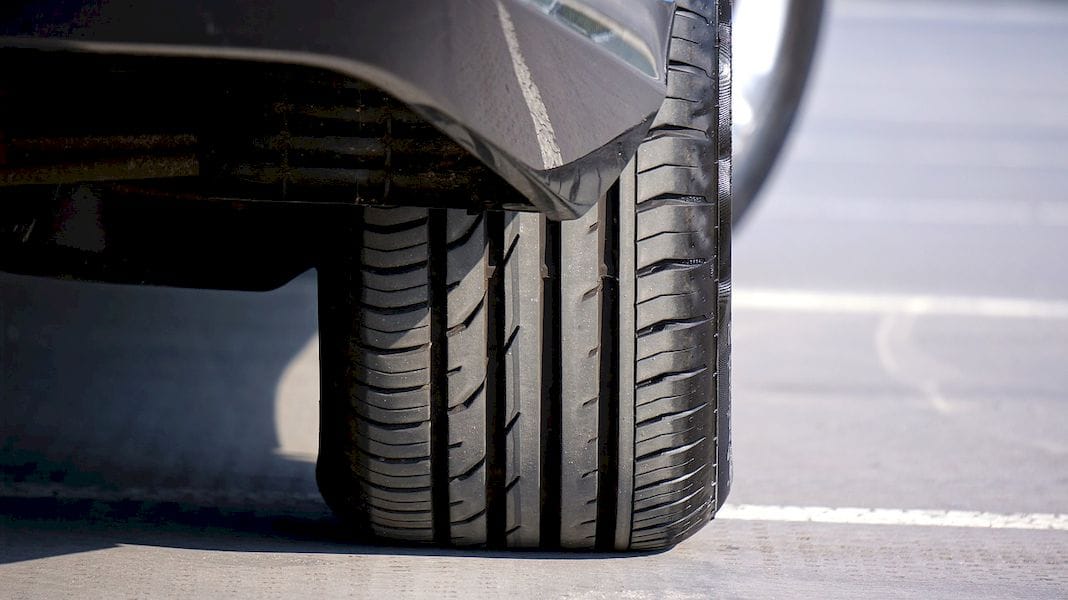
I had an interesting thought about Carbon and where they might end up.
Carbon, as you might recall, is one of the largest privately owned 3D printer companies, raising an incredible amount of investment cash in recent years. Their unusual CLIP process provides an ability to rapidly 3D print structures in a variety of resin-based materials.
Indeed, they’ve spent considerable resources developing a wide range of production-ready resins for a variety of applications. It’s now possible to work with them (or their design partners) to leverage these capabilities for radically new consumer or production products.
But that’s not enough: Carbon has also spent considerable effort to create new tools that will significantly aid in that process. In particular their mesh generation tools allow a product designer to relatively easily create designs for complex grid structures that would otherwise be impossible to manufacture.

Here we see one result of these efforts: a 3D printed midsole on a shoe that incorporates a complex design specifically made to adapt to expected stresses.
Carbon’s strategy is to deploy this type of tool to manufacturers, in hope they will use it to create products that could be made with their equipment. It’s a great strategy and should result in some fantastic products for everyone in coming years.
But I’ve been wondering what kind of products might be created with this environment, and one jumped to mind that could be revolutionary. What is it?
Tires.
Let’s consider current tire technology, which aside from some tweaks in tread configuration and material composition has remained essentially the same since the 1940’s or even earlier.
That technology requires you to fill and maintain air pressure in your tires regularly. The tires can catastrophically fail if air seals are compromised through wear or damage. Tires must be replaced periodically as they wear through the relatively thin exterior contact surface layer of the tire.
Now let’s imagine what one might be able to do if you 3D printed a tire. Some ideas here:
A tire might not require any inflation as a complex internal structure could take on the loads, similarly to how the shoe midsole does above. This eliminates a ton of maintenance and failure potential. You cannot get a flat tire ever again.
The geometry of the internal structure could be optimized to handle various situations. For example, you might develop a “racing tire” that provides extra strength for accelerations or turns, or a very strong cargo-carrying tire.
A complex 4D-style design might even permit the performance characteristics to vary depending on the situation. For example, as the RPM of the tire increases, it may reconfigure itself for optimum high speed performance, or shift strength elements to one side during a high speed turn.
While the obvious approach would be to encase the complex internal structure in what would appear to be a conventional tire exterior, why not make the tread configuration much deeper to allow for far longer tire life?
As you can see, there are a lot of possibilities. These seem to be quite compelling, although one would have to determine the financial and technical feasibility of each. If I were Carbon, I’d be investigating this concept, as it could open up a gigantic market: In the USA only, 200M tires are sold each year; if Carbon sold tires with a margin of USD$50 each that is a potential market size of USD$10B. And there’s the rest of the world to consider, too.
But there is one problem with all this conceptual discussion: Carbon’s current printers are no where near large enough to accommodate a tire.
At least not yet.

